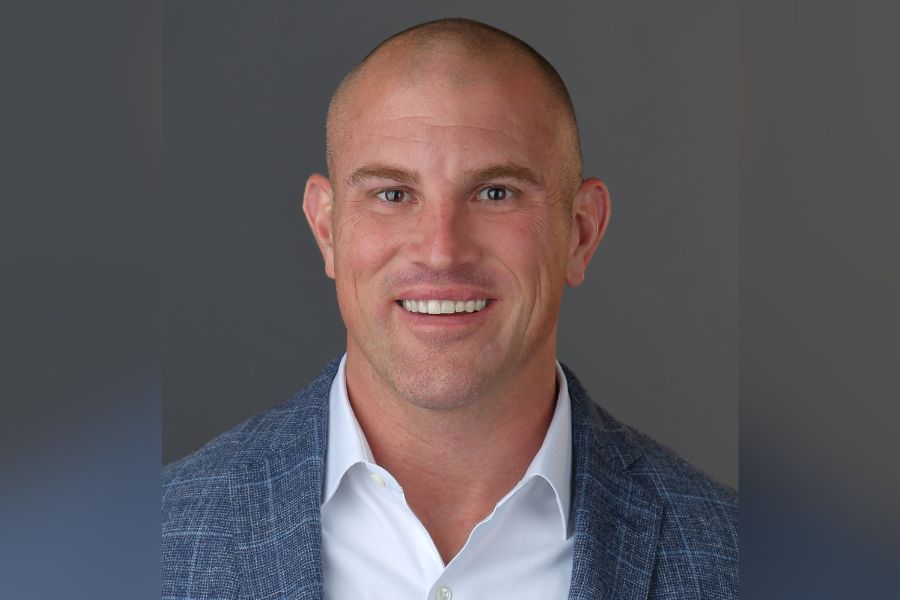Women advisers driving revenue growth
New research uncovers the 'female effect' in the advisory business.
Even though women make up a small but growing percentage of financial professionals, their influence has the potential for a disproportionate impact on the overall financial planning industry.
New InvestmentNews research found that advisory firms with a higher percentage of women tend to grow faster and embrace a more holistic approach to financial planning, which helps advisers move the focus away from the commoditized piece of investment management.
The report, Defining the ‘Female Effect’ on Advice: How female advisers are managing their practices and clients — and igniting a new wave of growth, recognized distinct contrasts in how female advisers operate their firms, view their roles, and are growing their businesses relative to their male counterparts.
“I think you’re seeing more women willing to embrace what has been a male-dominated field, and it is truly inspiring to see the number of women leading firms and working in financial services,” said Clare Wherley, chief executive and co-founder of Lassus Wherley, a $480 million advisory firm where 19 of the 21 employees are women.
The research found that women hold 34% of all financial advisory roles, and represent nearly 16% of the total universe of 298,000 brokers and advisers.
Women make up 23% of Certified Financial Planner designation holders, which is roughly the level it was in 2003, but the ranks of female CFPs grew by 78% during that period to more than 18,000.
(More: Want to boost diversity of advisers and clients? Begin with the business case)
In terms of experience, the report found that women advisers have an average of 11 years of experience and an average age of 42, compared to men that have an average of 22 years of experience and 53 years of age.
But the current status, and even the history of women in financial services, is just a footnote compared to what is expected going forward, according to Joy Soodik, managing director and chief compliance officer at Clarfeld Financial Advisors.
“The female effect in financial services is analogous to women’s movement in general,” she said. “We’re seeing more women pursuing what they feel they are qualified for and are good at.”
Along those lines, Ms. Soodik cited the report finding that women tend to be more focused on holistic planning than many of their male counterparts.
“Being better listeners leads to more holistic planning,” she said. “Going back to the caveman times, women have been known to be much better listeners.”
The research, which included interviews with 203 women and 288 men, found that revenue generated by women between 2014 and 2017 grew by an average of 60% to $535,000, which compares to 50% average growth for men to $440,000 over the same period.
Among the drivers identified behind the higher growth rates for women was their tendency to embrace various marketing efforts, including social media.
(More: Her road to financial advice was paved by her Vietnamese parents)
In terms of marketing activities used to generate referrals, 51% of women said they use social media, compared to 33% of men.
Leveraging community involvement for referrals was a strategy of 48% of women and 42% of men.
And the use of public relations for marketing purposes was employed by 38% of women and 30% of men.
“I’ve always found women advisers to be more open to creating a marketing plan, and more open to the concept of a consistent marketing program,” said Pat Sweeny, principal and co-founder of Symmetry Partners, a third-party asset management platform for financial advisers.
“For men, I’ve found that the marketing and outreach was always tougher unless they were predisposed to it,” he added. “Women advisers are far more friendly and open to the concept of building holistic planning practices and less likely to see themselves as investment managers.”
Learn more about reprints and licensing for this article.








